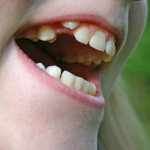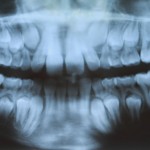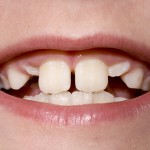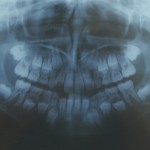
This review of surgical approaches for the management of labially impacted canines only identified 3 small studies at high risk of bias. These provide insufficient evidence to determine the best approach.
[read the full story...]
This review of surgical approaches for the management of labially impacted canines only identified 3 small studies at high risk of bias. These provide insufficient evidence to determine the best approach.
[read the full story...]
It is reported that around 13% of upper canines can be displaced, the majority of these being palatally displaced. Controversy exists on whether a closed techniques of moving a canine into its correct position beneath the palatal mucosa (closed technique) is preferential to an open technique which involves moving the canine into its correct position [read the full story…]

In a small proportion of children (1-3%) the upper permanent canine tooth is diverted into the roof on the mouth. Treatment of this displacement can be complex and it is considered that the early removal of the primary canine tooth may improve the position f the developing permanent successor. The aim of this Cochrane review [read the full story…]

The upper permanent canine normally erupts between 11-12 years of age. However, for between 1-3% of children this does not occur and in 50% of the cases it is due to the tooth being displaced palatally. Two surgical approaches are used to allow orthodontic alignment. An open procedure where a palatal flap is raised ,overlying [read the full story…]